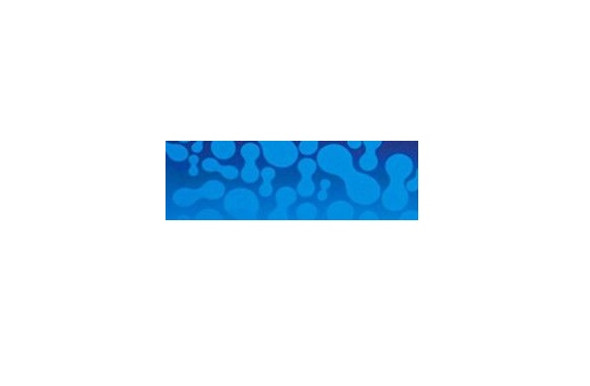Description
Recombinant Mouse RANKL/TNFSF11 Protein (Active) | PKSM041166 | Gentaur US, UK & Europe Disrtribition
Synonyms: Tumor necrosis factor ligand superfamily member 11;Tnfsf11;Osteoclast differentiation factor;ODF;Osteoprotegerin ligand;OPGL;Receptor activator of nuclear factor kappa-B ligand;RANKL;TNF-related activation-induced cytokine;TRANCE;CD254
Active Protein: N/A
Activity: Recombinant Mouse TNF Ligand Superfamily Member 11 is produced by our E.coli expression system and the target gene encoding Lys158-Asp316 is expressed.
Protein Construction: Recombinant Mouse TNF Ligand Superfamily Member 11 is produced by our E.coli expression system and the target gene encoding Lys158-Asp316 is expressed.
Fusion Tag: N/A
Species: Mouse
Expressed Host: E.coli
Shipping: This product is provided as lyophilized powder which is shipped with ice packs.
Purity: > 95 % as determined by SDS-PAGE
Endotoxin: < 1.0 EU per μg as determined by the LAL method.
Stability and Storage: Generally, lyophilized proteins are stable for up to 12 months when stored at -20 to -80℃. Reconstituted protein solution can be stored at 4-8℃ for 2-7 days. Aliquots of reconstituted samples are stable at < -20℃ for 3 months.
Molecular Mass: 17.9 kDa
Formulation: Lyophilized from a 0.2 μm filtered solution of 20mMTris-HCl, 150mMNaCl, 1mMEDTA, pH8.0.
Reconstitution: Please refer to the printed manual for detailed information.
Background: Mouse tumor necrosis factor ligand superfamily member 11(Tnfsf11) is a member of the tumor necrosis factor (TNF) cytokine family. Tnfsf11 is widely expressed in cells including T cells and T cell rich organs, such as thymus and lymph nodes. This cytokine can bind to TNFRSF11B/OPG andTNFRSF11A/RANK. Tnfsf11 is involved in a number of fundamental biological processes such as acting as regulator of interactions between T-cells and dendritic cells, the regulation of the T-cell-dependent immune response and enhancing bone-resorption in humoral hypercalcemia of malignancy. It augments the ability of dendritic cells to stimulate naive T-cell proliferation.
Research Area: N/A






